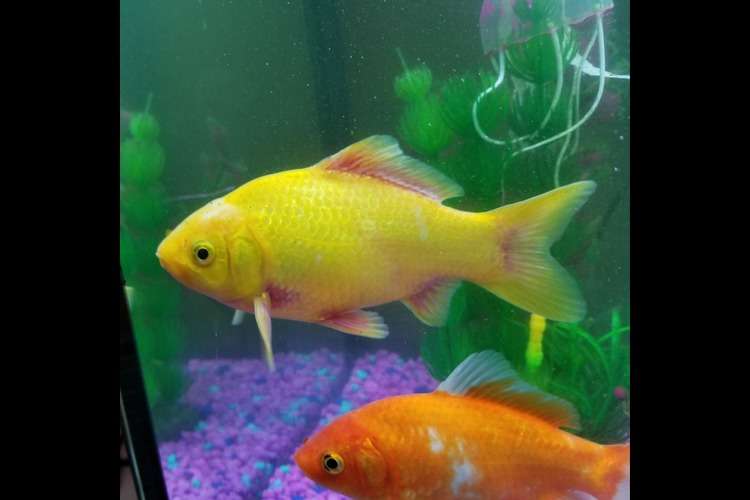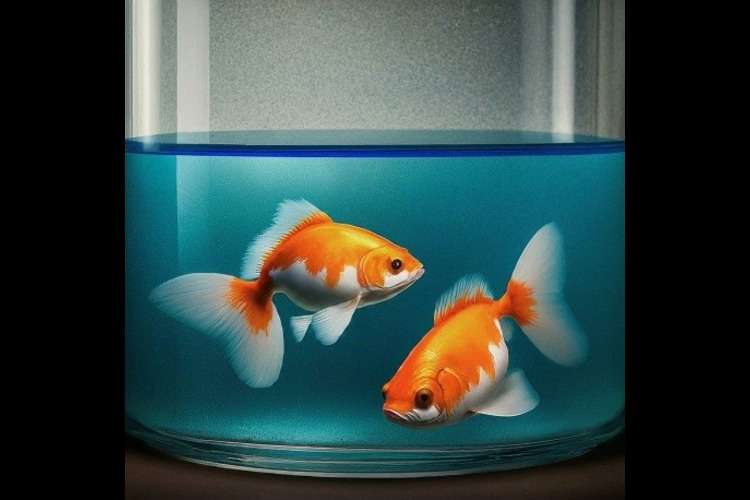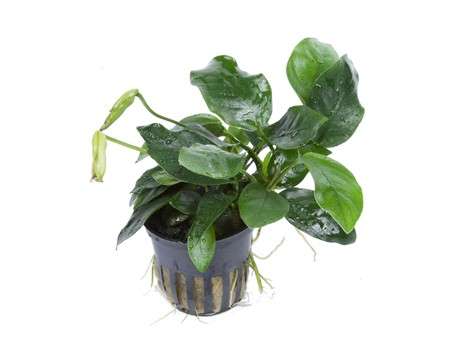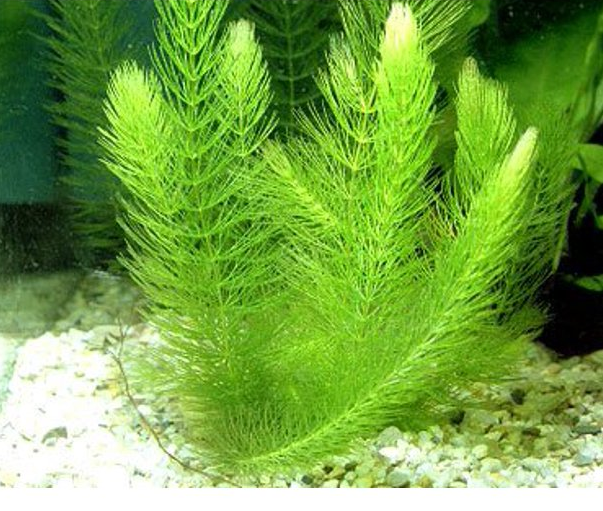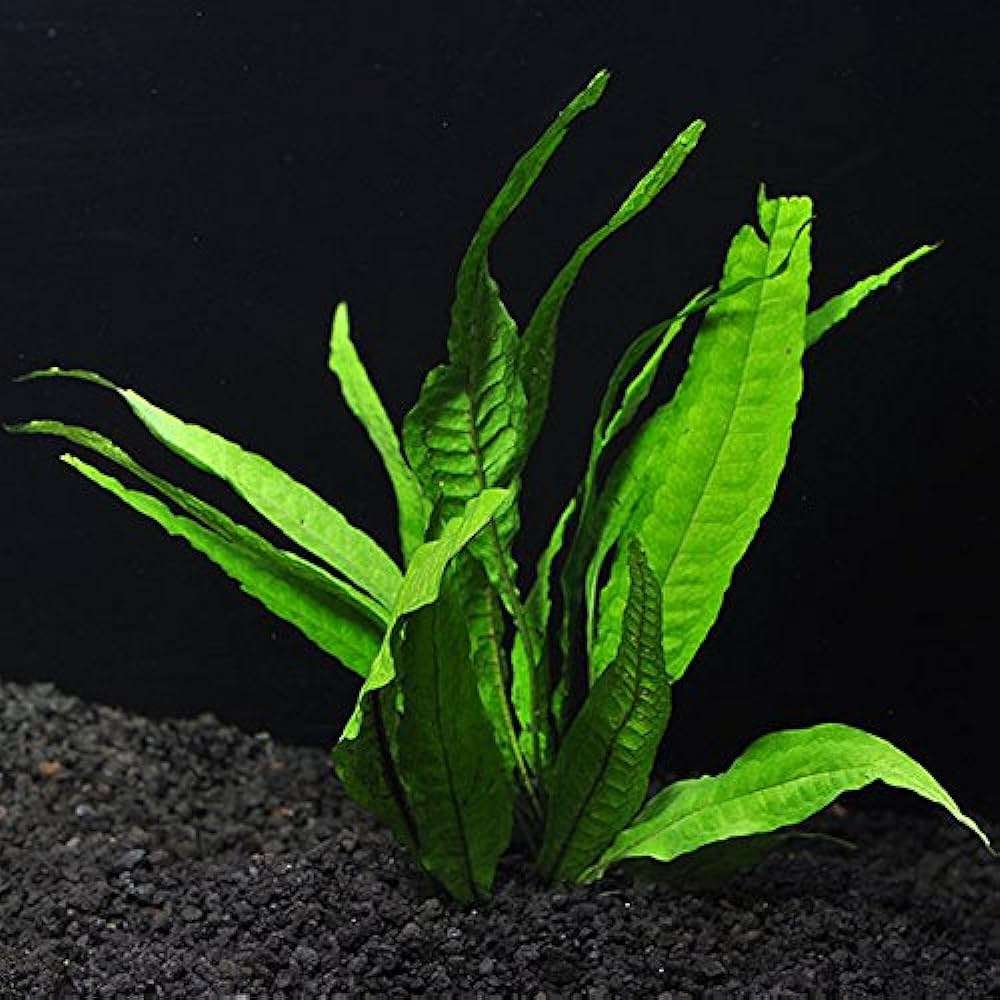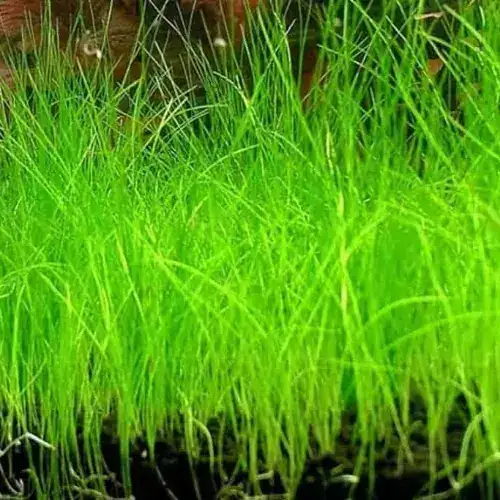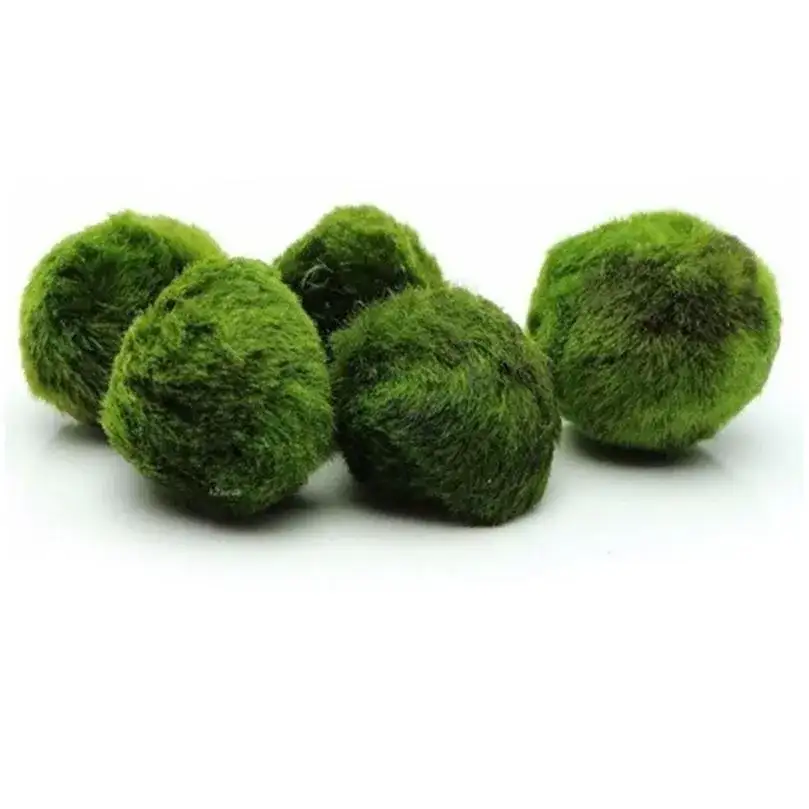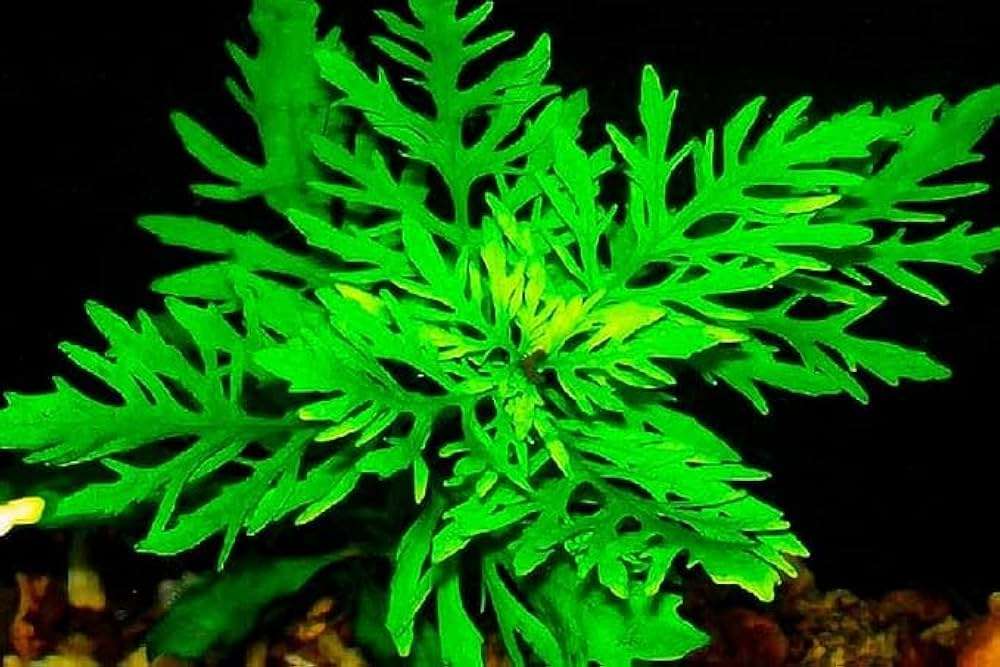Say No to Fish Bowls: Protect Your Fish's Health
Learn why fish bowls harm your aquatic pets and how a proper aquarium provides a healthier environment by addressing ammonia buildup, low oxygen, and inadequate space.
Table of Contents
- The Problem with Fish Bowl Design
- No Filtration
- Low Levels of Oxygen
- Maintaining a Fish Bowl is Difficult
- Inadequate Space for Fish
- The Solution: Switch to a Proper Aquarium
- Faq
- Conclusion
Fish bowls have been a favorite for many pet owners who want to keep fish as pets. They are not only attractive but also space-saving, and people who don't have ample space for an aquarium find them convenient. Still, despite their attractiveness, fish bowls are not the best for your aquatic pets' well-being. In this post, we’ll dive into the harmful effects of fish bowls and explain why investing in a proper aquarium is the best choice for your fish’s health.
The Problem with Fish Bowl Design
Fish bowls are not designed with the needs of fish in mind. Their shape and size create several challenges that can negatively impact the health of your fish.
Ammonia Build-Up from Waste
One of the biggest problems with fish bowls is how the waste accumulates. Most fish bowls are rounded and have narrow bottoms, causing uneaten food, fish waste, and other debris to collect in one place. It is here that ammonia—a harmful substance formed by waste—builds up in the water. Ammonia is harmful to fish. It causes many health problems, including damage to the gills, respiratory distress, and death if not treated. There is little room in a fish bowl for water to dilute the ammonia, creating a hazardous environment for your fish.

Tensed Curved Form
Distorted vision in a fish bowl, because it curves inward, creating an optical illusion, can be disorienting and stressful to the fish. Fish rely on visual cues to navigate their environment, and when they can't see clearly, it confuses them. The constant visual pressure to stay aware adds stress factors in your fish, affecting their health as a whole. Stress weakens the immune system of your fish, making them prone to illness and disease.
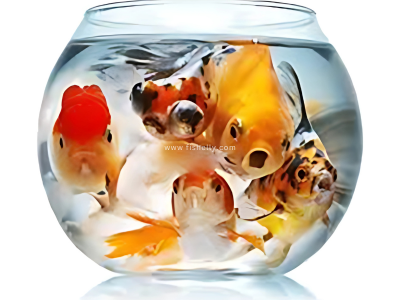
No Filtration
Unlike aquariums, fish bowls do not have built-in filtration systems, which are crucial for maintaining water quality. Without a filtration system, harmful substances like ammonia, nitrites, and nitrates build up quickly in the water, creating a toxic environment for your fish.
Ammonia and Nitrite Buildup
Ammonia is produced when fish waste and uneaten food decompose, and it’s one of the most toxic substances in an aquatic environment. Without a filtration system to remove it, ammonia levels can quickly reach dangerous levels in a fish bowl, leading to illness and even death. Nitrites, which are also harmful to fish, can also accumulate when there is no filtration to break them down.

Bacteria and Infections
In addition to ammonia, bacteria and pathogens thrive in the stagnant water of a fish bowl. These harmful microorganisms can lead to infections, which can be fatal for your fish if left untreated. Without proper filtration, there is no way to remove these harmful substances, leaving your fish vulnerable to illness.

Low Levels of Oxygen
Fish breathe using oxygen, and the water in a fish bowl does not circulate enough to provide an adequate level of oxygen. Most fish bowls have a small surface area and narrow neck, limiting the amount of oxygen that can dissolve into the water. Consequently, oxygen levels are depleted, making it hard for your fish to breathe.
Poor Circulation and Low Oxygen Levels
In a fish bowl, there is no water circulation. Thus, oxygen is not replenished as it should be. The fish will have to work harder to breathe, and in the long run, this will weaken their immune systems and make them more susceptible to diseases.
Maintaining a Fish Bowl is Difficult
Fish bowls will also seem easy to care for, but they're really demanding, and you'll find yourself spending quite a bit of time cleaning and taking care of them. Their small size and design make them tough to clean, creating more stress for both you and your fish.
Frequent Cleaning
Because fish bowls hold only a small volume of water, they get dirty very fast. Fish waste, uneaten food, and other debris accumulate in a short amount of time, requiring frequent cleaning. This constant cleaning can be time-consuming and disruptive for your fish, who may become stressed by the handling.

Stress on Fish
Your fish is constantly under stress as the water changes or is cleaned in the bowl. The repeated stress could be weakening the fish's immune system and may increase the chance of getting ill. Furthermore, because the fish bowl is very small, water temperature can fluctuate easily and put more stress on your fish.

Not Easy to Clean
The round shape of a fish bowl makes it much harder to clean than a rectangular aquarium. The curved glass makes it difficult to reach all areas of the bowl, and the small size limits your ability to effectively scrub away debris.

I
nadequate Space for Fish
Perhaps the biggest problem with fish bowls is that they do not provide enough room for your fish to swim and thrive. Fish need room to move around, explore, and exercise. A cramped fish bowl simply doesn't provide the space that fish need to live healthy, active lives.
Physical Deformities
Fish kept in small spaces can suffer from stunted growth and physical deformities. Poor movement can lead to skeletal deformities and poor development, which will prevent your fish from reaching their full potential.

Increased Stress and Inactivity
In a small bowl, there is not enough swimming space for fish to swim around, and this makes them have stress levels. Stress may lead to inactivity, where a fish will end up being unhealthy. The fish that do not get exercise are prone to sickness and can live shorter lives than those kept in larger aquatic environments.

Solution: Switch to a Proper Aquarium
Giving your fish a better quality of life can actually be done by switching to a properly designed aquarium. Unlike the traditional fish bowls, the aquarium gives multiple advantages that increase the chances of health and wellness for your aquatic pets.
Rectangular Shape for Better Circulation
Aquariums of rectangular design provide better water circulation, ensuring that waste is not trapped in one spot. This improves water quality and reduces the risk of harmful toxins building up. The increased surface area also allows for better oxygen exchange, promoting healthy fish.
Filtration System for Clean Water
A filtration system is one of the most important features of a proper aquarium. It helps remove harmful substances like ammonia, nitrites, and bacteria, ensuring that the water remains clean and safe for your fish. This system also promotes the growth of beneficial bacteria that help maintain a balanced ecosystem within the aquarium.
Aeration for Sufficient Oxygen
An aquarium ensures better oxygenation for your fish. With the filtration system and aeration equipment such as air stones or pumps, the water is kept with optimal oxygen levels, ensuring your fish can breathe easily and thrive.
Enough Space for Your Fish
Aquariums are offered in different sizes to ensure ample space for your fish to swim around, explore their surroundings, and interact with the environment. It helps to decrease stress and stimulate healthy behavior to live longer, happier lives for your fish.

Faq
1.Why are fish bowls bad for fish?
Fish bowls lack filtration, have poor oxygen levels, and are too small, causing stress and health issues.
2.What is the main problem with fish bowls?
They create poor water quality due to waste buildup and lack proper oxygen circulation.
3.Can fish survive in a fish bowl?
Temporarily, but it’s harmful for long-term health.
4.Do fish bowls need filters?
Yes, filters are essential to maintain water quality and remove toxins.
5.How does a fish bowl’s shape affect fish?
It distorts vision, causes stress, and limits oxygen exchange.
6.Why do fish bowls need frequent cleaning?
Small size leads to quick waste accumulation.
7.How does a fish bowl affect oxygen levels?
Low surface area and poor circulation reduce oxygen.
8.What are the risks for fish in bowls?
Ammonia poisoning, stress, stunted growth, and illness.
9.Is maintaining a fish bowl hard?
Yes, frequent cleaning is stressful for both fish and owner.
10. Why is an aquarium better?
It offers better filtration, oxygenation, and space for fish.
11. How does an aquarium improve water quality?
Filters remove toxins and promote healthy bacteria.
12. What size aquarium should I get?
Choose one with enough space for fish to swim freely.
13. Can an air pump help a fish bowl?
It improves oxygen but doesn’t solve other issues.
14. Why is stress harmful to fish?
Stress weakens immunity and leads to illness.
15. What if I already have a fish bowl?
Upgrade to an aquarium or ensure frequent water changes and monitoring.
Conclusion
While the idea of using a fish bowl might be a tempting and relatively easy way to house fish, they simply can't provide an environment that's needed for your fish to truly thrive. The small size, lack of filtration, and low oxygen levels all make fish bowls unsuitable for long-term care of fish. Investing in an aquarium that's properly designed is giving your fish the space, oxygen, and clean water needed to live happy and healthy lives. Your fish will thank you and you'll enjoy watching them swim in a much more suitable and aesthetically pleasing environment.



